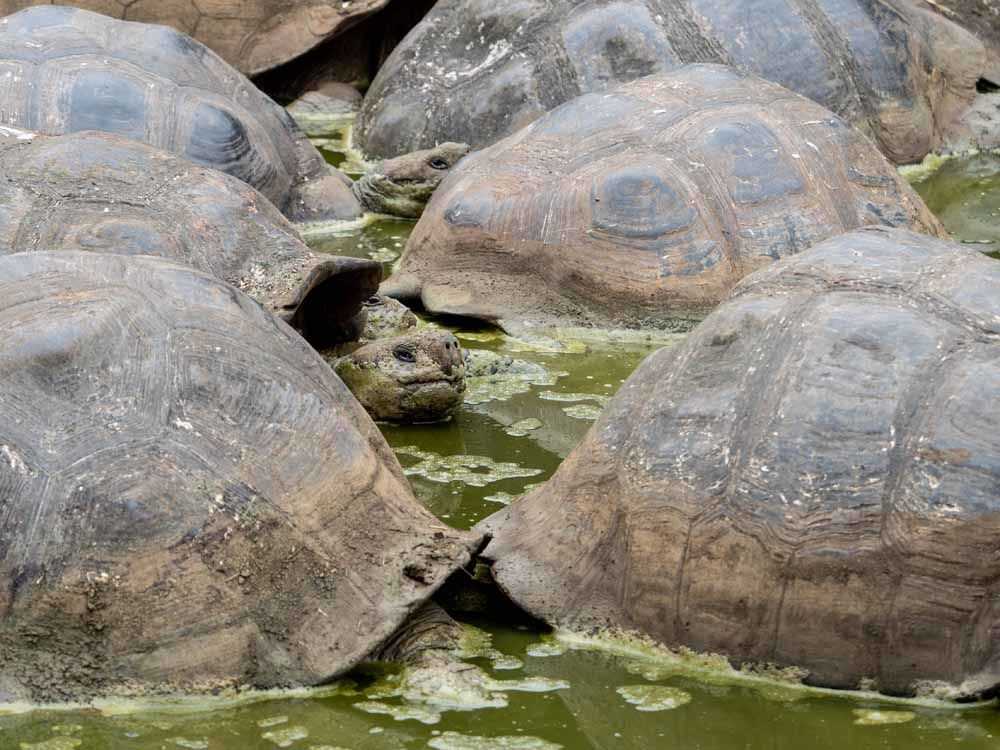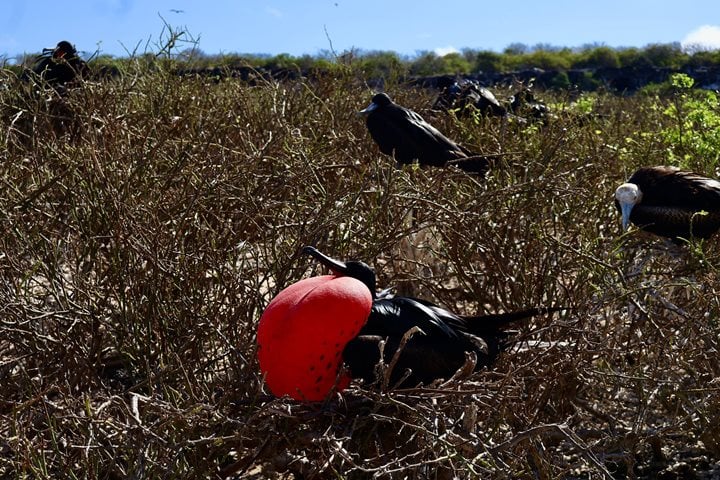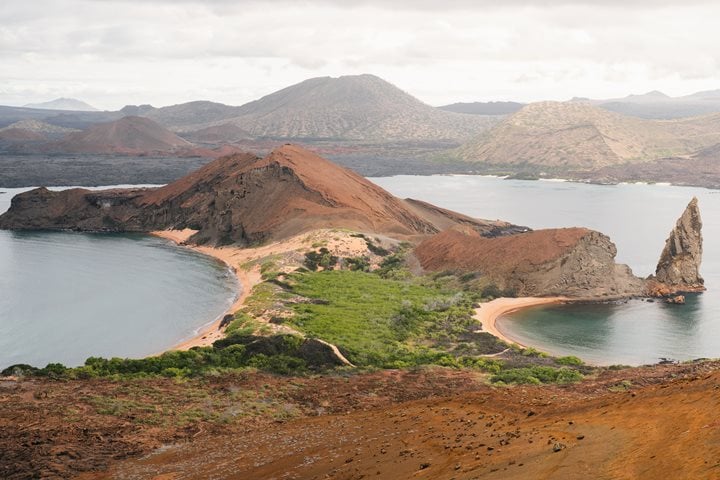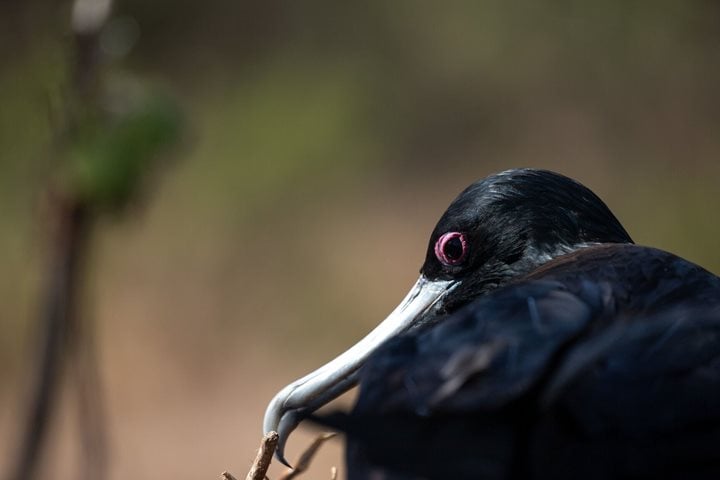We started our morning on the northside of Santa Cruz Island with the ship at anchor. We boarded Zodiacs to head to Itabaca Channel where we took coaches to explore the verdant highlands, home to giant daisy trees and Galapagos giant tortoises.
In the misty forest, two giant craters were surrounded by the iconic giant daisy trees. Today we had the best conditions to visit this forest as there was a fine mist that lived up to its name as “the cloud forest of Santa Cruz.” We also spotted some Darwin’s finches and fly catchers at a close range.
Once we explored the forest and the craters, we boarded coaches to visit the tortoise reserve, located about 15 minutes beyond the cattle ranches of Santa Cruz.
In the late morning we stopped at the tortoise reserve for an exploration walk in the green misty grasslands and Galapagos guava forest, home to the emblematic giant tortoises. We stayed for lunch at a restaurant surrounded by tortoises, who were migrating through! We explored this vast reserve where more than 5,000 tortoises live in the forest and grassland. Conservation work has brought these animals from the brink of extinction to healthy populations. What an amazing day!







